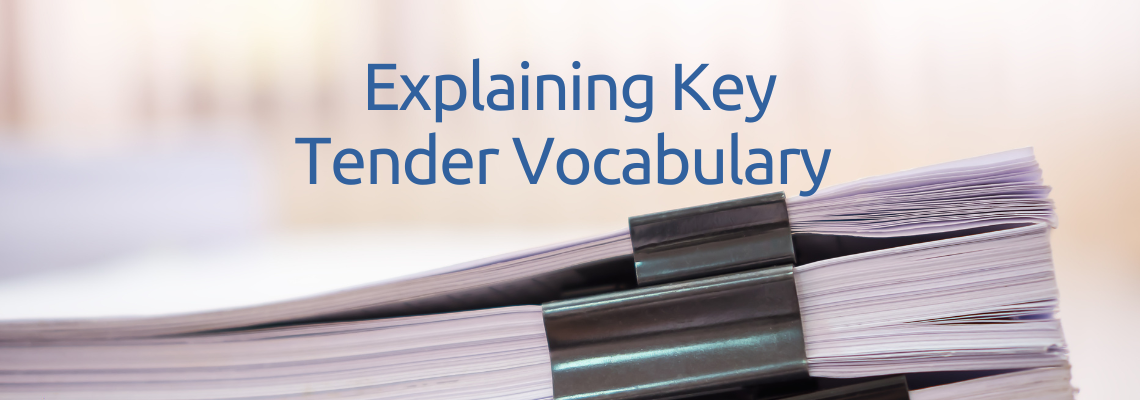
Have you ever read through a tender advert in a newspaper or online and thought to yourself, What are they on about? Where will this contract be taking place and what are the requirements for me to tender? After reading it for the Fourth Time with no luck, you start phoning the contact people listed to clarify crucial information required for you to tender or just skip the tender altogether and move on to the next.
What if that was the big tender that you have been waiting for? If only the tender was broken down for you in an easy-to-understand format.
Here in the Tender Department at Leads 2 Business that is exactly where we come in. We break down the tender notices into different sections so that no crucial information is missed as follows:
Contract Number: This would be the specific number used to identify the current contract.
Title: A short and sweet description of the services or product required.
Description: A more detailed description of what is required and where it will be needed.
Site Inspection: The date, time and location of where the site meeting will take place.
Closing Details: The date and time for tender submissions to be handed in.
Document URL: If documents are available online, Clicking on this link will take you straight to the downloadable documents.
Document Collection: This will inform you when and where the documents will be available If there is a fee payable for the documents and where the tender fee should be paid. Here you will also find the names of the contact persons, should you require any other information on the tender.
Delivery Point: The delivery point will have details of where you need to submit the tender documents. The physical address or the email address.
Contract Period: The duration of the contract.
Validity Period: The period in which price quotations for the provision of goods and services must remain valid.
Restrictions: The restrictions will inform you if you need a specific CIDB Grading for the contract, The certificates and documentation that you will need, BBEEE requirements or any other restrictions provided by the company or person.
Deposit Details: If any, the amount that needs to be paid before collection of documentation.
Location & Region: Where the contact or services for the tender is required.
And last but not least.
Professionals: Here you will find the relevant contact details for the professionals involved in the tender.
I call this Easy Hassle-Free Tendering.
Leads 2 Business is surely the way to go if you want to receive leads relevant to your business and save time, effort and resources so you can easily identify the information required to submit your tender for consideration on time.
To view more Articles, please visit our Leads 2 Business Blog.
If you are interested in becoming one of our subscribers, please visit Leads 2 Business.
To view notes with screenshots on how to use our website, please visit Leads 2 Business Wiki.



